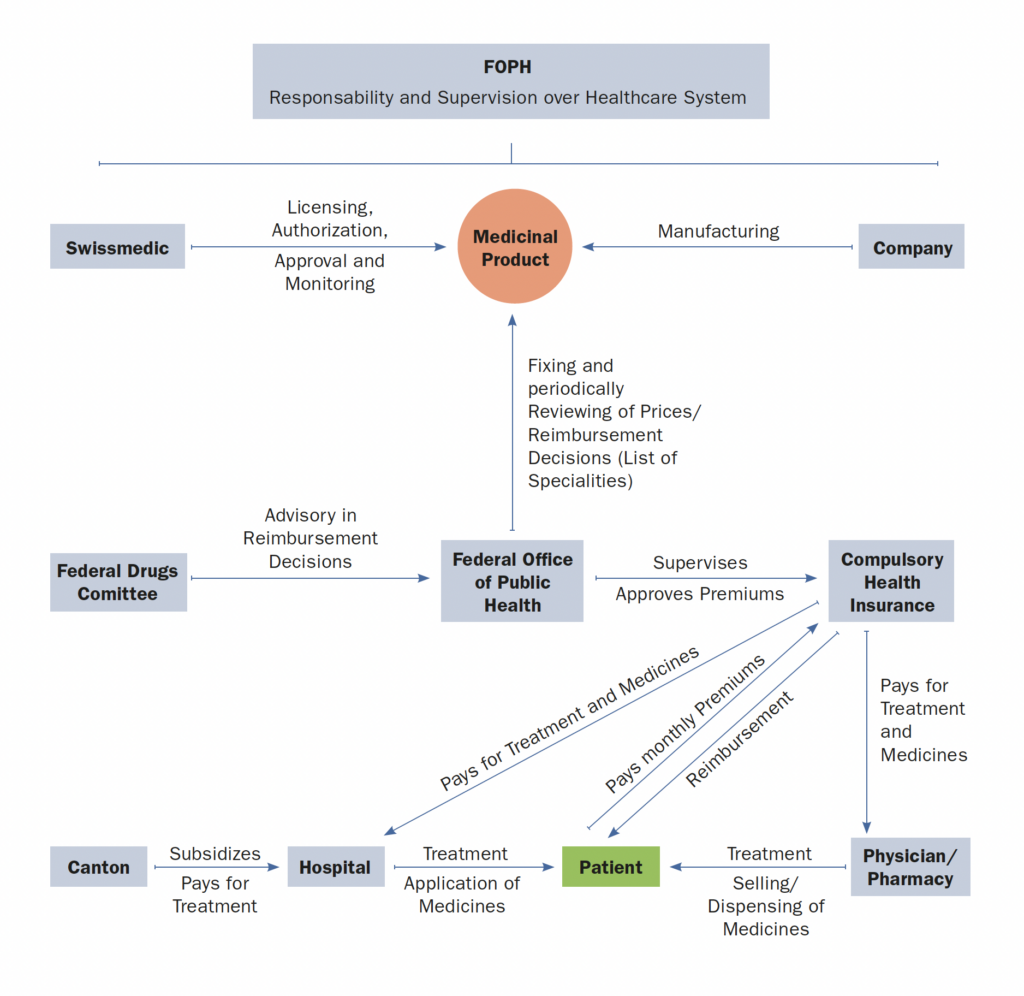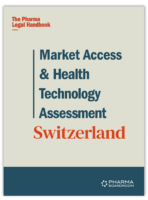Healthcare System and Funding
Wenger Plattner / Switzerland
Join industry executives in staying informed on the market access and HTA process in Switzerland.
1. Please make a general introduction to the public health sector in your country and its organization
The Swiss healthcare system is shaped by the federal structure of Switzerland. That is, federal government (in particular the Federal Office of Public Health, see chapter II question 1 A below), the cantonal governments and the local municipalities assume different tasks in the healthcare system. This results in a complex, fragmented healthcare system. Moreover, the Swiss healthcare system is shaped by a complex interplay of the state and the private sector.
Globally, the quality of the Swiss healthcare system is considered superior. As a principle, healthcare of high quality is available nationwide for everyone. There exists a dense network of physicians and hospitals. In most medical areas, patients do not have to wait long for a treatment. On the other hand, the Swiss healthcare system causes very high costs (roughly 83 billion Swiss Francs in 2020, which is 9,600 Francs per person / year or 11% of the Swiss GDP), a problem which has been increasingly addressed by Swiss politics over recent decades. The hospital sector is the largest cost block among the service providers in the healthcare system and is responsible for more than one third of the total healthcare costs in Switzerland.
One of the central pillars of the Swiss healthcare system is the basic health insurance which is compulsory for every Swiss resident (see chapter II question 1 E below). The coverage of the compulsory insurance is set by the FOPH. It encompasses access to most basic treatments and medicines in case of illness, accident and motherhood, as well as access to certain examinations for the early detection of diseases and precautionary measures for people at increased risk (e.g., vaccines). The compulsory insurance is financed by state-fixed premiums of the policy holders.
2. Please provide any infographics including
a. The actors involved in the market access process (market authorization, pricing decisions, reimbursement decisions)
b. The information and data required
c. The process and flow




































































